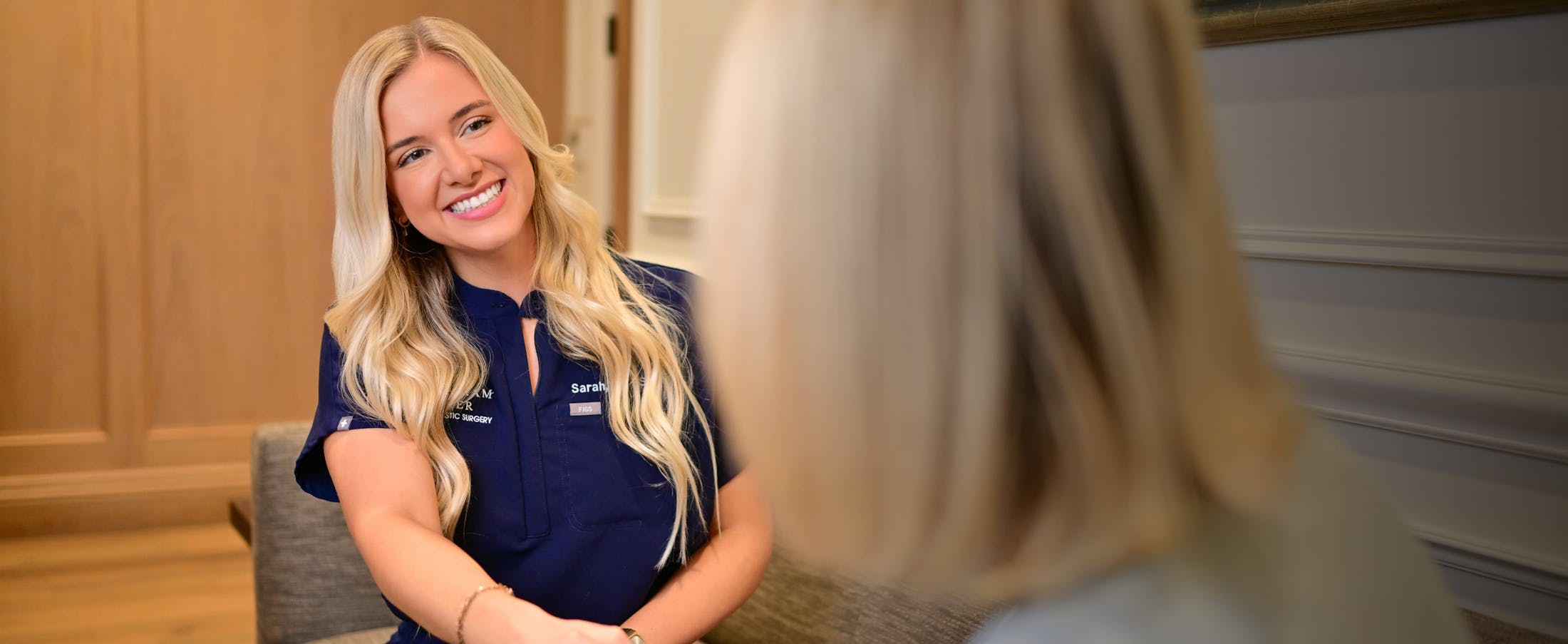

If you’ve ever researched rhinoplasty, then you’ve probably read about how the procedure has changed patients’ lives. Most rhinoplasty stories have a happy ending, but it takes years of training for surgeons to give patients consistently good results. Why? Because rhinoplasty is an extremely complex procedure, and is considered one of the most difficult cosmetic surgeries to master. To avoid rhinoplasty complications, a surgeon has to blend art, science, and skill. Facial plastic surgeons work tirelessly to make sure patients are happy with their rhinoplasty results.
Let’s take a look at why rhinoplasty is such a difficult surgery—and what you can do to help ensure good results from your procedure.
The Nose and Facial Balance
The nose is one of the first things we notice about a person when we meet them. This is especially true if the nose is out of proportion with the rest of the facial features. Facial balance is key in our perceptions of beauty and attractiveness. If that balance is off, we notice right away. During rhinoplasty, surgeons have to alter the nose to make it in proportion to the rest of the patient’s unique facial features. That’s quite a challenge, especially since each patient has different expectations for their final results.
Different Types of Tissue
Our noses are made up of an interesting mix of different tissues. The base of the nose is made up of bone—this is the part of the nose that can get broken. A little further down, part of the bridge and the whole tip of the nose is made of cartilage. On top of everything is skin that must be manipulated during the surgery to drape properly over the internal structures of the nose. A surgeon’s job is to make sure that all these components work together in harmony. They may have to reshape cartilage and/or break and reset the nasal bones, depending on the procedure. These techniques help to ensure that the final results look natural.
Form and Function
Although many rhinoplasty surgeries are done for cosmetic reasons, that doesn’t mean surgeons can ignore the function of the nose. While operating, they must make sure that the structures of the nose stay intact and that the patient will be able to breathe properly once they’ve healed. Rhinoplasty complications sometimes occur when too much cartilage is removed—causing collapse and other problems.
A Custom Approach
One of the main reasons rhinoplasty is so challenging is that it is one of the most custom surgeries in plastic surgery. All modern plastic surgery is highly customized, but the nose’s complexity makes customizing rhinoplasty a combination of science and art. Surgeons must act as both the architect and the contractor, creating a plan for a patient’s nose, and then recreating it perfectly during surgery. That’s not easy to do for hundreds of unique patients each year. Without proper training and skill, rhinoplasty complications can be common.
Tips for Ensuring Good Results
Rhinoplasty is a challenging surgery to get right, but the good news is that there are many talented surgeons who do get it right every single day. Facial plastic surgeons go through rigorous training, and must gain extensive experience to earn their patients’ trust and glowing reviews.
The best tips for getting good results from a rhinoplasty are simple. First, choose an experienced, board-certified facial plastic surgeon you feel you can trust to perform your surgery. Second, follow all pre- and post-op care instructions closely to optimize your results. That’s it! Once you have chosen a talented surgeon you’re comfortable with and you’ve communicated your goals, you can go into surgery with confidence.
Revision Rhinoplasty: a Second Chance
Even patients who have had a bad experience with rhinoplasty can have a second chance at a beautiful new nose. Revision rhinoplasty is a surgery that is performed to correct rhinoplasty complications from a prior procedure. This procedure is even more difficult than the initial surgery. Scar tissue and weakened internal structures make working inside the nose extremely challenging. Only the most experienced and talented surgeons perform this procedure, as it is extremely complex. Many patients are extremely nervous before revision rhinoplasty, but the positive changes can be dramatic.
Choose a Board-Certified Facial Plastic Surgeon
Certifications aren’t everything, but starting your search by seeking out only board-certified facial plastic surgeons is key to rhinoplasty success. Your surgeon should also be board certified in otolaryngology (ear, nose, and throat), if possible. These plastic surgeons have been trained in rhinoplasty and facial plastic surgery, giving them a greater depth of knowledge than your average plastic surgeon. In addition to qualifications, it’s important to choose a surgeon who makes you feel at ease and answers all your questions thoroughly. Your rhinoplasty surgeon should have your best interests at heart.
If you’re looking for a rhinoplasty expert in the Austin area, come to Buckingham Center and meet acclaimed facial plastic surgeon Dr. Edward Buckingham. Dr. Buckingham is double board-certified in facial plastic and reconstructive surgery and otolaryngology. He has extensive experience in helping patients reach their rhinoplasty goals, and has an excellent record of safety and results. For more information, call Buckingham Center today at 512-401-2500.



